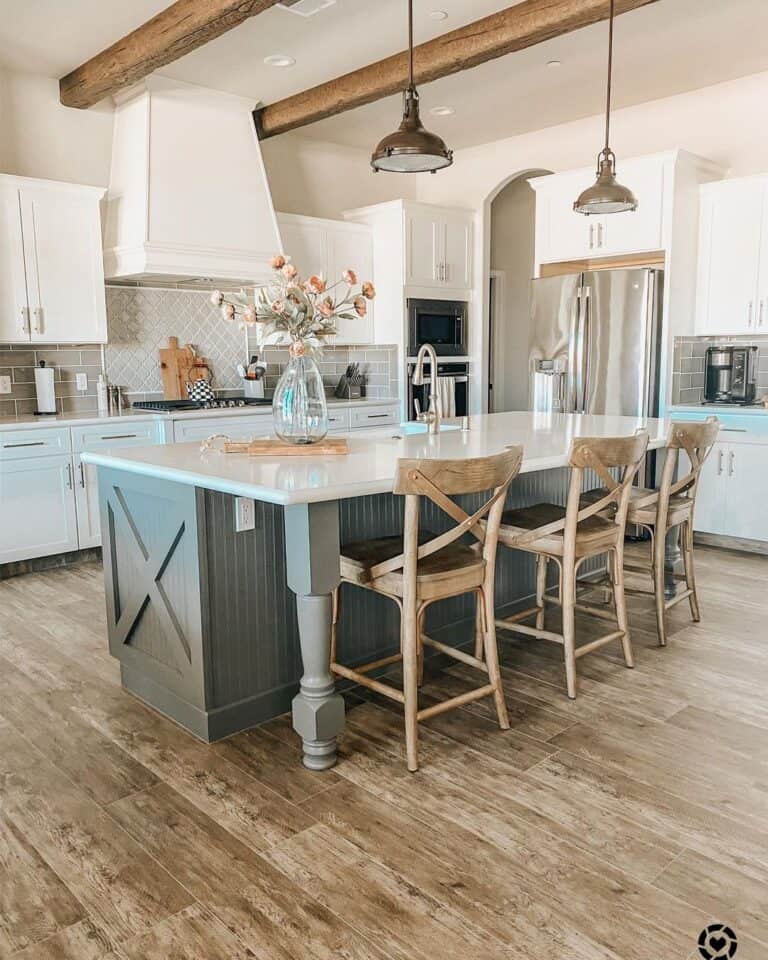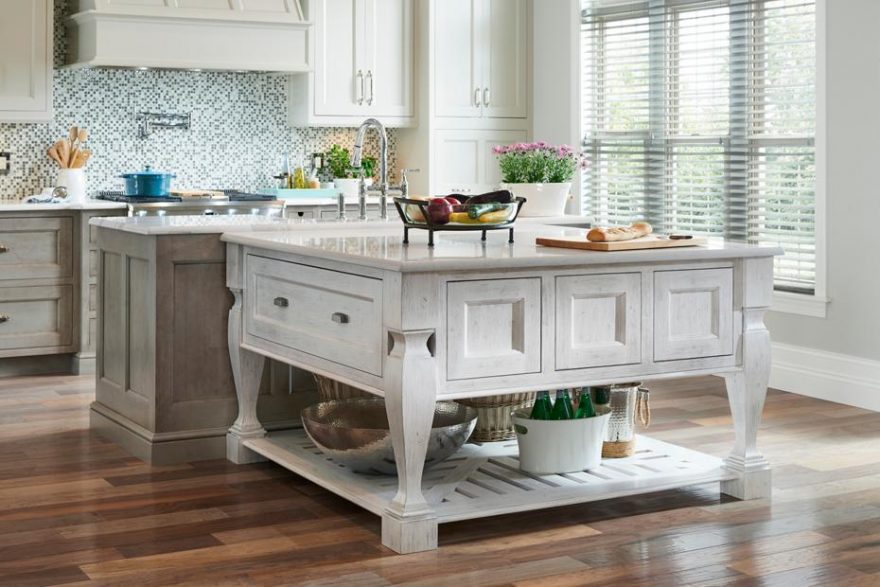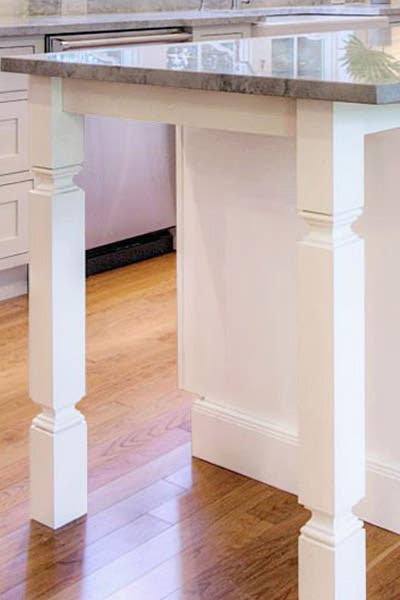Discover Affordable and Chic Solutions in Legs For Kitchen Island Updates
Discover Affordable and Chic Solutions in Legs For Kitchen Island Updates
Blog Article
An Overview to Selecting the Perfect Legs For Kitchen Island for Your Home
Selecting the suitable legs for your kitchen island is a nuanced decision that influences both the performance and visual appeal of this main area. Aspects such as height, materials, and style play an important function in integrating your island with the overall kitchen design. In addition, understanding the value of stability and maintenance can considerably affect your selection. As you consider these aspects, it ends up being evident that the best legs can transform not only the appearance of your cooking area but additionally its functionality for years ahead. What details attributes should you prioritize in this choice procedure?

Comprehending Kitchen Area Island Legs
When choosing legs for a kitchen island, it's important to comprehend their visual and practical duties in the total layout. The legs function as an important support system, making sure stability and resilience for the island, which often works as a work area, eating location, or collecting area. For that reason, the choice of material and construction technique have to be robust enough to hold up against everyday usage and potential wear.
Along with their architectural obligations, legs add considerably to the island's aesthetic allure. They can enhance the kitchen's style, whether through traditional, contemporary, or eclectic layouts. The elevation and proportion of the legs are also critical considerations; they have to balance with the island's kitchen counter elevation while guaranteeing comfy seating for those making use of the space.
Additionally, the leg style can affect the total circulation of the cooking area. Open, ventilated leg designs can develop a feeling of lightness, while strong, significant legs might convey an extra grounded and stable aesthetic - Legs For Kitchen Island. Recognizing these aesthetic and practical aspects will certainly assist home owners in making notified choices that match their cooking area's layout and improve its usability
Popular Styles and Products
The choice of legs for a kitchen island includes a variety of prominent designs and materials, each offering distinct features that can improve both performance and looks. Among the most in-demand designs are modern, rustic, and traditional. Contemporary legs usually include sleek, minimalist styles that emphasize simplicity and tidy lines, making them suitable for modern cooking areas. Rustic styles, on the other hand, welcome natural environments and commonly display redeemed wood or distressed surfaces, adding heat and beauty to the space. Conventional legs usually show ornate details and workmanship, enhancing timeless cooking area styles.

Elevation and Stability Factors To Consider

Stability is an additional important consideration. The legs of the kitchen area island need to supply ample assistance, making certain that the structure can hold up against day-to-day use without changing or tottering. Product option plays a substantial function in security; steel legs, for example, have a tendency to use greater strength compared to timber. In addition, making sure that the island is safely anchored to the floor or wall surface can boost security, particularly for bigger islands that might birth substantial weight.
Matching Your Kitchen Visual
Picking the right legs for your kitchen island goes past performance; it additionally plays a substantial duty in the general visual of the room. When choosing legs, consider the design style of your cooking area. For a contemporary look, sleek steel or minimalist layouts can develop a tidy, contemporary vibe. On the other hand, standard or rustic kitchen areas commonly take advantage of wooden legs with intricate outlining or a distressed surface, enhancing warmth and character.
Legs that complement or contrast with your island's surface and bordering kitchen cabinetry can produce visual harmony or striking focal factors. In addition, consider the surface of the legs; matte, glossy, or textured my latest blog post finishes can substantially influence the general feeling of the kitchen area.
Setup and Maintenance Tips
Setting up cooking area island legs needs mindful attention to information to guarantee both stability and aesthetic allure. Begin by picking an ideal place for your island, ensuring it is degree and has sufficient space for activity. If you are connecting the legs to a wall surface or using brackets for added support, use a stud finder to situate wall surface studs. Mark the placement of the legs properly before boring.
When protecting the legs, utilize high-grade screws and, if essential, wood glue for extra stamina. For steel legs, make sure that you are using ideal anchors and devices to protect against damages to your floor covering. It is a good idea to look for levelness after setup, making changes as needed to avoid wobbling.
Maintenance is equally essential for long life - Legs For Kitchen Island. On a regular basis inspect over at this website the legs for any indicators of wear or helping to loosen, particularly in high-traffic locations. Clean the legs with a suitable cleaner, preventing rough materials that might scrape the surface. For wood legs, think about applying a wood conditioner regularly to preserve their coating. By following these setup and upkeep suggestions, you can ensure that your kitchen island legs article source continue to be both aesthetically attractive and useful.
Final Thought
In verdict, picking the proper legs for a kitchen area island necessitates cautious consideration of elevation, stability, and visual compatibility. Ultimately, thoughtful leg option plays a vital role in raising both the usefulness and design of the cooking area room.
When picking legs for a kitchen island, it's necessary to recognize their useful and visual duties in the total layout. Open, airy leg designs can produce a feeling of lightness, while solid, significant legs might communicate a more grounded and steady visual. The legs of the cooking area island ought to provide sufficient assistance, ensuring that the framework can hold up against daily usage without moving or wobbling.Mounting kitchen area island legs needs careful focus to information to guarantee both security and visual charm.In verdict, picking the suitable legs for a kitchen area island necessitates mindful consideration of height, security, and aesthetic compatibility.
Report this page